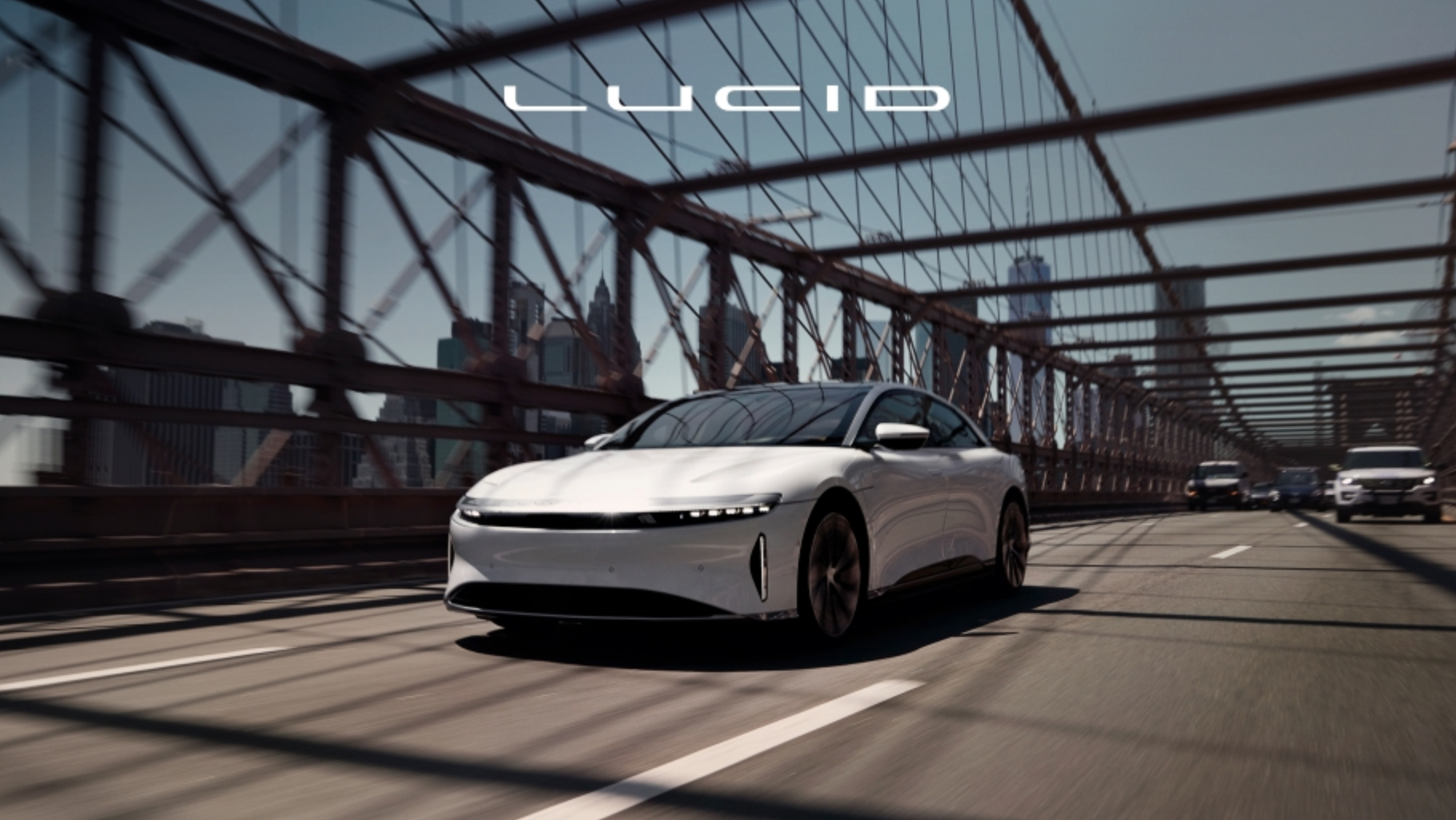Understanding EV tax credits unlocks significant savings on your electric vehicle investment. These incentives, introduced by the U.S. government, aim to make EVs more accessible and accelerate the transition to sustainable transportation. Whether you’re a first-time buyer or a seasoned EV enthusiast, mastering these credits helps you save thousands while promoting a cleaner planet.
EV tax credits reduce the upfront cost of electric vehicles, offering buyers a more appealing option. The Clean Vehicle Credit, the most significant federal incentive, provides up to $7,500 for qualifying EVs. Eligibility depends on factors like battery capacity, manufacturing origin, and adherence to price caps. For example, as of 2024, cars must undergo assembly in North America to qualify. SUVs and trucks must stay under $80,000, and sedans must not exceed $55,000.
States add their own incentives, from rebates to reduced registration fees. California’s Clean Vehicle Rebate Project offers up to $4,500 for eligible EVs, while Colorado provides a $2,000 state tax credit. These benefits often combine with federal incentives, creating substantial savings. Researching state-specific programs ensures you maximize your financial advantage.
Many buyers mistakenly believe EV tax credits apply as discounts during purchase. Federal credits, however, function as non-refundable tax credits applied when you file taxes for the purchase year. If your tax liability is lower than the credit amount, you won’t receive the full benefit. Some manufacturers, including Tesla and Ford, now explore options to incorporate these savings into lease agreements, delivering upfront benefits to consumers.
The Inflation Reduction Act of 2022 reshaped EV tax credit rules, emphasizing domestic sourcing for batteries and critical minerals to qualify for full credit. These updates altered the eligibility landscape. Vehicles previously qualified may no longer meet requirements, while others now qualify. Keeping abreast of these changes ensures informed decision-making.
For families exploring EVs, understanding these incentives significantly improves affordability. Models like the Ford Mustang Mach-E and Tesla Model Y typically meet eligibility guidelines, making them popular choices. On the other hand, luxury models like the Tesla Model S or Rivian R1T often exceed price caps, disqualifying them from federal credits. Researching ahead helps families select vehicles that align with their budget, functionality needs, and sustainability goals.
Some used EVs also qualify for tax credits under updated rules. Buyers of pre-owned EVs can claim up to $4,000 in federal incentives if the vehicle meets specific criteria, such as a price under $25,000 and purchase through a dealership. This program creates new opportunities for those seeking affordable entry into the EV market.
EVGeek provides resources to guide you through EV ownership. Explore articles like “The Top 5 New EVs You’ll Want to Drive in 2024” to find valuable models or “How to Maximize the Battery Life of Your Electric Vehicle” for longevity tips. Informed decisions allow you to fully embrace the electric revolution.
Mastering EV tax credits isn’t just about saving money—it’s an investment in a sustainable future. These programs broaden access to electric vehicles, propelling the shift to cleaner transportation. Taking advantage of these incentives reduces costs and drives progress toward a greener tomorrow.



